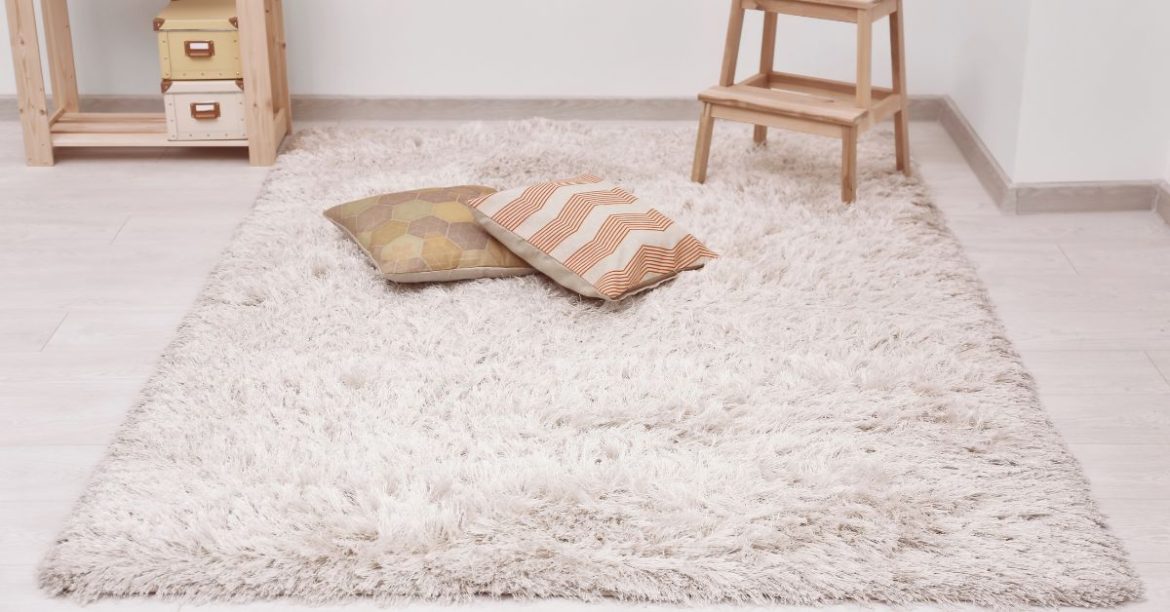Table of Contents
Layering a rug over a carpet is one of the easiest ways to transform your living space. Whether you’re looking to add color, texture, or a focal point, this decor technique combines practicality with style. However, achieving a polished look requires some planning.
Moreover, layering rugs on carpets isn’t just about aesthetics. It’s also about functionality, comfort, and preserving the longevity of your carpet. Whether you want to define a space in an open layout or add warmth to a room, this versatile design choice can work wonders.
With the right strategies, you can avoid common pitfalls and achieve a look that feels both cohesive and elegant. In this guide, we’ll cover everything you need to know about layering rugs over carpets, from choosing the right styles to securing your rug and ensuring long-term maintenance.
1. Choose a Carpet Style
The style of your carpet sets the foundation for your rug layering success. Neutral carpets like beige, gray, or cream provide a versatile canvas, allowing you to experiment with bold patterns or vibrant colors in your rug. On the other hand, patterned or textured carpets work best with solid or subtle rug designs to avoid visual clutter.
When in doubt, aim for contrast. Pair smooth, low-pile carpets with thick, textured rugs, and vice versa, for a balanced look. Also, consider the room’s function. For formal areas, opt for elegant and luxurious combinations, while casual spaces can embrace playful and colorful layers.
2. Rug Size Matters
Selecting the correct rug size is crucial. A rug that’s too small can make your room feel disjointed, while an oversized rug may overwhelm the space. Here are a few tips:
- For living rooms, the rug should be large enough to fit under the front legs of your furniture.
- In bedrooms, a rug should extend beyond the bed by at least 24 inches on all sides.
- For dining areas, choose a rug that’s big enough to accommodate the table and chairs, even when they’re pulled out.
Proper sizing ensures that the rug anchors the furniture and creates a cohesive look. For irregular spaces, consider layering smaller rugs for a custom effect.
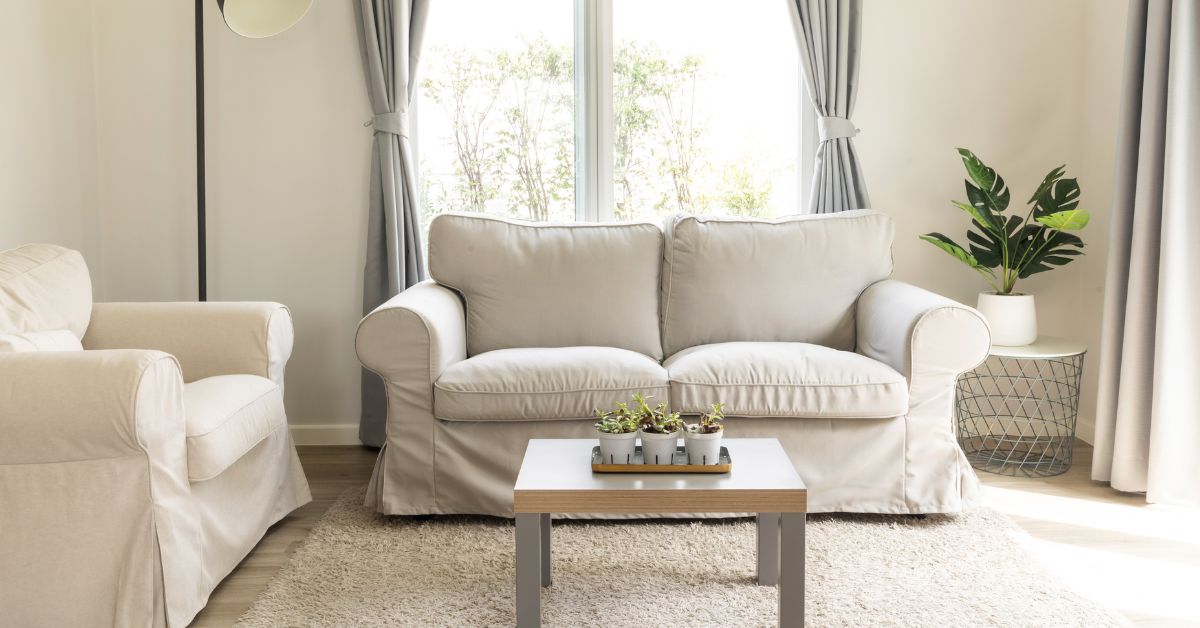
Rug over carpet
3. Anchor the Rug
One of the biggest challenges of layering rugs over carpets is keeping them in place. Slipping and bunching not only look untidy but can also be a tripping hazard.
To anchor your rug effectively:
- Place heavy furniture, like a sofa or coffee table, partially or fully on the rug.
- Use a high-quality rug pad (more on this later) to prevent movement.
- Consider corner grippers or double-sided rug tape for extra security.
Anchoring isn’t just about safety; it’s also a design consideration. A well-anchored rug adds stability and visual symmetry to your space.
4. Consider the Textures/Firmness of Your Carpet
The texture and firmness of your carpet play a significant role in rug selection. For thick, fluffy carpets, choose thin or low-pile rugs that stay flat and don’t bunch up. On the other hand, thick and shaggy rugs look great on flat, low-pile carpets, adding depth. Matching textures can give a cozy look, but avoid using two very plush rugs together, they might look odd and feel uneven.
Additionally, the firmness of your carpet impacts rug performance. Softer carpets may cause rugs to shift more easily, making rug pads essential. Evaluate the overall feeling you want to achieve before making a decision.
5. Use a Rug Pad
A rug pad is essential when layering rugs over carpets. Not only does it keep the rug in place, but it also adds a layer of cushioning and protects your carpet from wear.
Moreover, choose a pad specifically designed for use over carpet. These are typically thinner and have non-slip properties on both sides, ensuring stability. Rug pads also prevent bunching and wrinkling, maintaining a polished appearance.
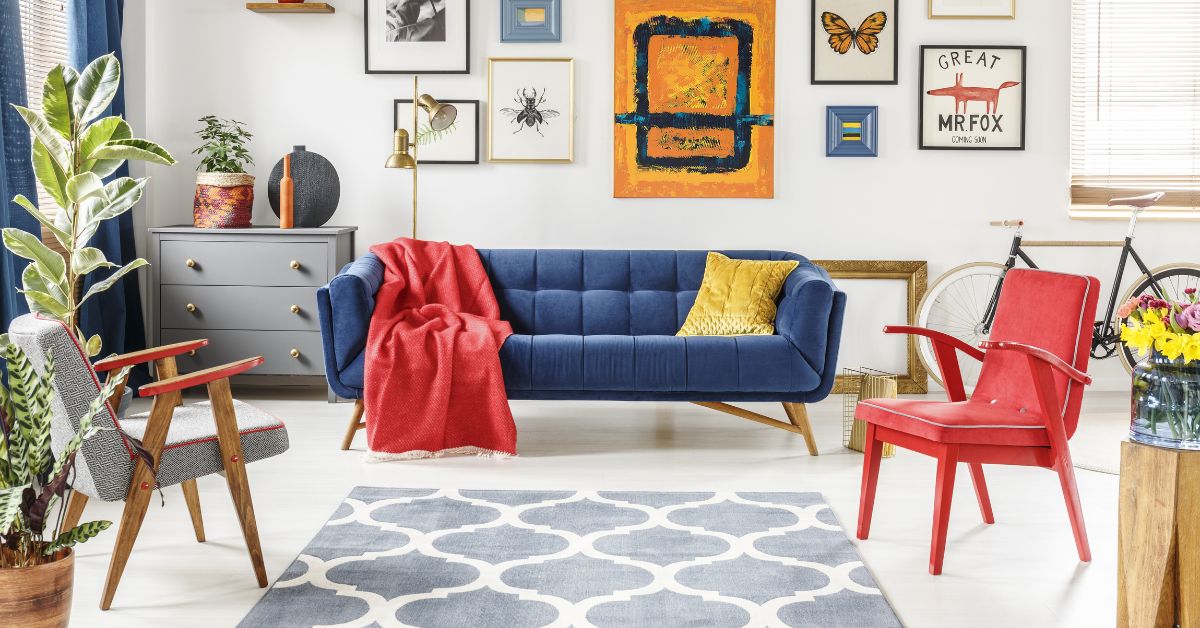
Rug over carpet
Best Rug Pad for Plush Areas
For plush carpets, select a rug pad that’s lightweight and breathable. Felt and rubber combinations work particularly well because they offer grip without adding bulk. Look for options labeled “carpet-to-carpet” to ensure compatibility.
Popular choices include:
Investing in a high-quality rug pad not only enhances functionality but also increases the lifespan of your rug and carpet.
Other Solutions for Keeping Your Area Rug in Place
Beyond rug pads, there are other ways to secure your rug:
- Corner Grippers: Adhesive grippers hold the rug’s edges down without damaging the carpet underneath.
- Double-Sided Tape: Carpet-friendly tape can temporarily keep the rug in place but may require frequent replacement.
- Velcro Strips: Attach one side to the rug and the other to the carpet for a secure hold.
These solutions are especially helpful in high-traffic areas or homes with children and pets.
6. Choose a Rug That Complements Your Decor
Your rug should tie the room together while complementing your existing decor. Here are some considerations:
- Color Coordination: Match your rug’s colors with the room’s accents, such as pillows, curtains, or artwork.
- Patterns and Textures: Use patterned rugs to make a bold statement or textured rugs for subtle sophistication.
- Room Function: Consider how the space is used. For high-traffic areas, choose durable and easy-to-clean materials.
A thoughtfully chosen rug can act as the centerpiece of a room, elevating its overall design.
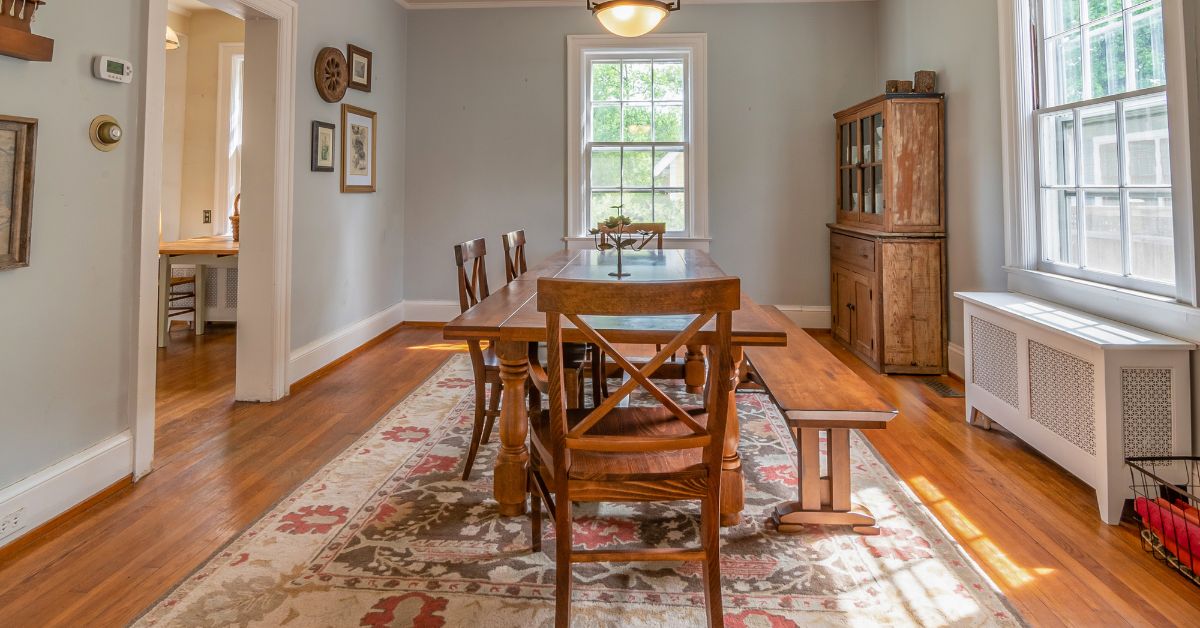
Rug over carpet
7. Consider the Size and Placement
The placement of your rug can change the entire vibe of a room. Center the rug under key furniture pieces to create a cohesive look. In smaller spaces, use runners or smaller rugs to add depth without overwhelming the room. Experiment with angles for a modern twist.
Careful placement can also highlight architectural features or create the illusion of a larger space.
8. Don’t Forget to Clean
Regular cleaning is essential to maintain the longevity and appearance of both your rug and carpet.
- Vacuuming: Vacuum the rug frequently to remove dirt and debris. Don’t forget to vacuum the carpet underneath as well.
- Stain Removal: Address spills immediately to prevent staining. Use carpet-friendly cleaning solutions for both layers.
- Deep Cleaning: Schedule professional cleaning for rugs and carpets at least once a year for optimal upkeep.
Proper cleaning ensures that your investment remains fresh and inviting for years to come.
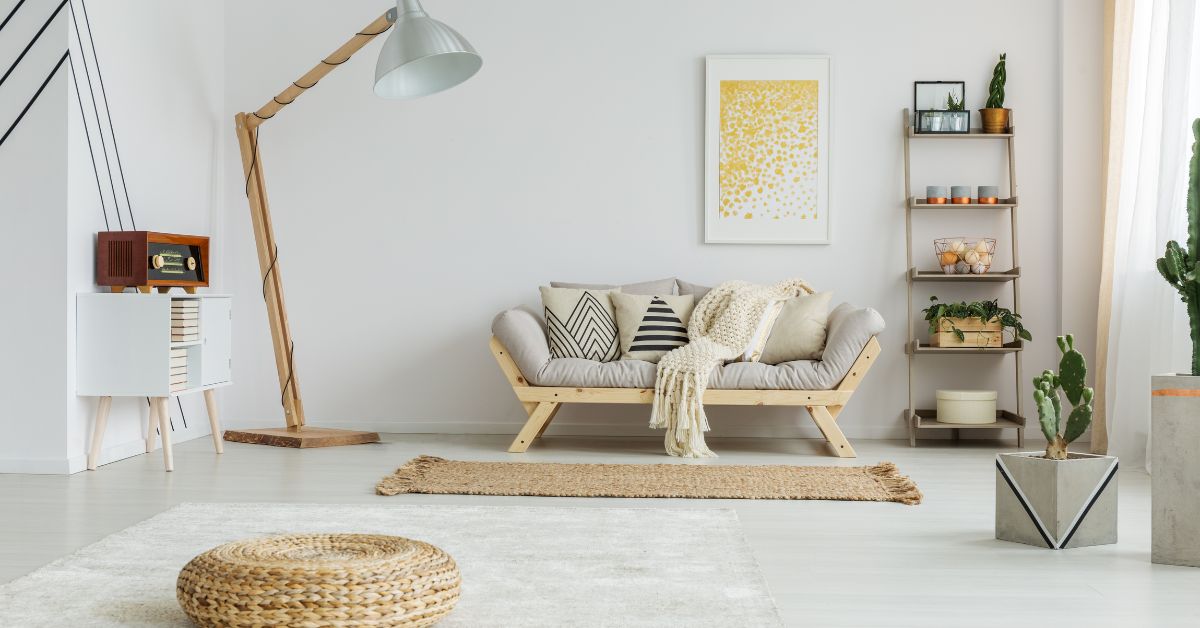
Rug over carpet
Conclusion
Layering a rug over a carpet is an excellent way to elevate your interior design. By following these tips, you can create a stylish, functional, and comfortable space. Whether you’re experimenting with colors, textures, or placements, the possibilities are endless.
Remember, the key to successful layering is balance. With the right rug, pad, and placement, you can achieve a look that’s both practical and beautiful. Dive into this trend and let your creativity shine!
